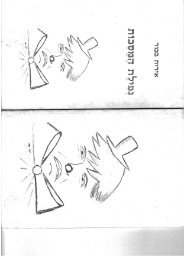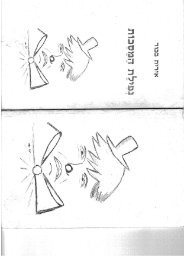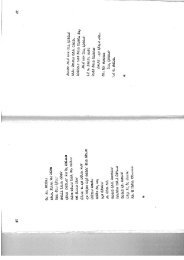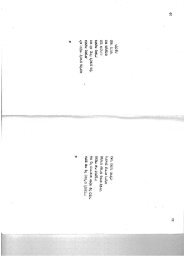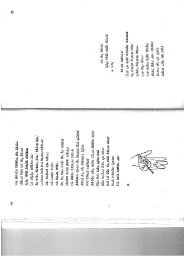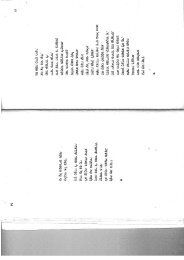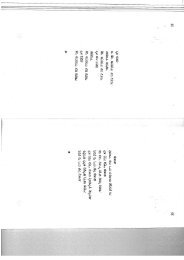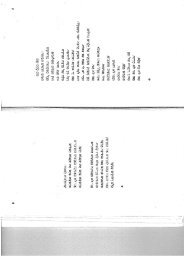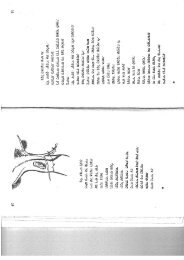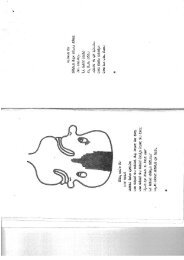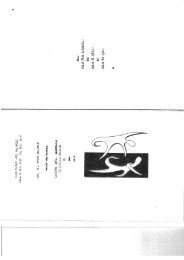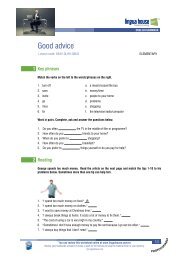developing_writing
Create successful ePaper yourself
Turn your PDF publications into a flip-book with our unique Google optimized e-Paper software.
correction builds awareness of the mechanical rules of English and<br />
should encourage careful <strong>writing</strong>.<br />
3. "r$mm$r Many types of structures are included under this heading.<br />
Essentially everything that is rulebased is included here: question<br />
transformations, negation, tenses, and sentence combining. One particularly<br />
important goal of the book is to give practice in the use of articles.<br />
Rules for article use are introduced very gradually and drilled<br />
repeatedly. An index to grammatical information is given in the appendices<br />
in the back of the book.<br />
The teacher will want to discuss the rule briefly before the students<br />
do an exercise, and the class should do one or two problems together<br />
so the teacher is sure that they understand. Many grammar exercises<br />
can be done orally first, and this strengthens the students’ listening and<br />
speaking skills. Oral work is appropriate for sentence combining, word<br />
order exercises, question transformations, negations, and tense work.<br />
It may be especially useful to read the article exercises aloud, to help<br />
the students develop a sense of correctness with English articles. When<br />
the students write out the problems, they may work individually or in<br />
pairs. Work should always be collected, corrected, and returned for the<br />
students to see.<br />
4. #entence !onstruction Exercises under this heading introduce<br />
elements of free choice in <strong>writing</strong>. The students are given some sentence<br />
parts, but they must put the sentence together in their own way.<br />
Often there is more than one correct response to each problem.<br />
These exercises may be done in class or as homework. Since these<br />
exercises involve the beginning of some original thought, students often<br />
like to see each other’s work. Sentences can be written on the board,<br />
corrected, and discussed. The incomplete dialogs in chapters 3, 6, 7,<br />
12, and 17 should provide enjoyment if the students read them aloud in<br />
pairs. One type of sentence construction exercise, the game of<br />
Concentration, must be done in class with a partner.<br />
5. !ontrolled !omposition The purpose of these exercises is to give<br />
practice in <strong>writing</strong> studentgenerated short paragraphs, letters, dialogs,<br />
and other units longer than a single sentence. Some of the exercises<br />
are suitable for homework, and some can be best done in class.<br />
Another way to handle these compositions is to hold a <strong>writing</strong> lab within<br />
the classroom. In this procedure, each student works independently;<br />
the teacher walks around the room, commenting on the papers and<br />
x



